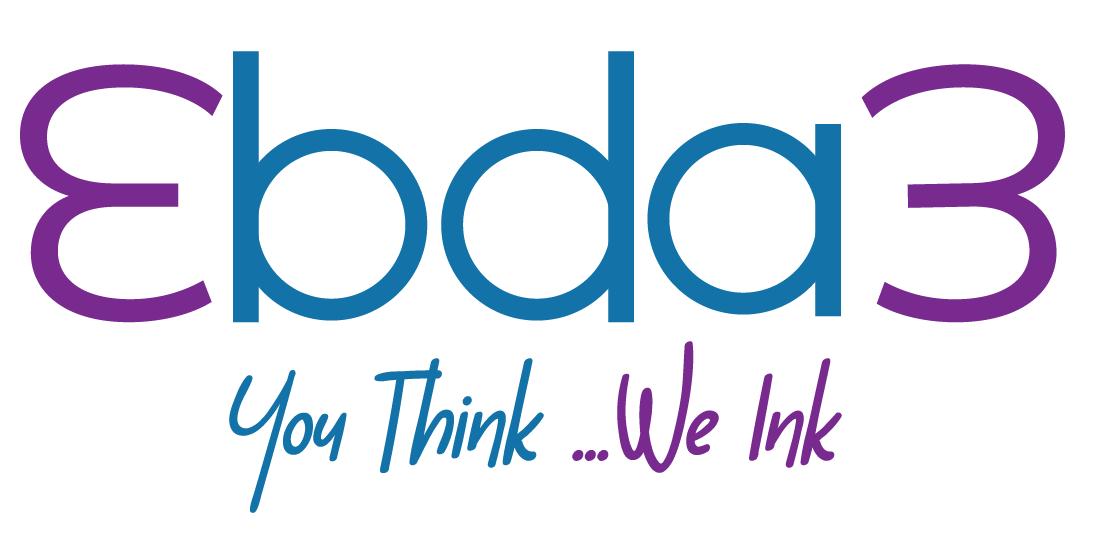8 Ways to Tell Your Most Compelling Brand Story

Brand Storytelling: What It Is and Why It Matters?
Many brands rely on storytelling techniques to make a connection with their audience. Learn more about what this means and how you can get started.
Brand storytelling is an increasingly popular approach to marketing that taps into the foundational human need to connect with others through story. It’s a method that centers your customer as the main character in the narrative, not your brand or your product. When you share relatable stories about life experiences that matter to your audience, you create strong emotional connections with your ideal customers.
Those connections build brand awareness, keep attention on your marketing channels, and establish trust. Not everyone agrees on the best approach to brand storytelling, but everyone knows it matters. Let’s examine why brand storytelling is so important, look at examples of best practices, and explore some ideas for getting started. But first, let’s agree on a clear brand storytelling definition.
As with many things in life, people are more likely to connect to something on an emotional level. Sometimes, they can’t even explain why. Perhaps it reminds them of something from their childhood. Or, there’s a positive resolution to a challenge they struggle with. And this emotional connection creates a bond.
When it comes to brand storytelling, you want your brand identity, design, and content to create consistent, positive brand associations. And it’s the marketing team’s job to develop a strategy to do this.
A large part of a marketer’s job is to understand their audience. What they want. What they need. What keeps them up at night. Understanding this will help marketers create brand stories that resonate with their audience instead of just trying to make a sale. A marketing strategy that’s based on compelling stories is more likely to build and maintain strong brand loyalty over time.
How do you create a story like this for your brand?
1- Know Yourself
- Listen to customers, prospects, and employees about their motivators when making decisions about your brand.
- Look at what your competition is doing and what marketplace trends are.
- Leverage this to figure out who you are and what you stand for.
- Have a Clear Vision:
One way to make sure that your brand is staying consistent is to develop a vision statement. This short description will help define your brand’s values and plans for the future, and it will also serve as a useful reference tool. When you’re considering launching new campaigns or exploring new partnerships, refer to your vision statement to make sure you’re staying consistent.
2- Find Your Audience:
You can’t tell a good story if you don’t know who you’re talking to.
3- Narrow Your Expertise:
the brand became an authoritative voice on pediatric health, and search engines better understood the site’s relevance, which resulted in higher rankings.
4- Find Your Narrative:
If you are not using a singular standalone story, mini-stories can create a narrative about the brand, recreate real-life experiences of customers, workers, providers, and others to tell a story
5- Keep It Simple:
keeping your brand story simple.
6- Be Human:
But in order to connect, brands must also choose and embrace personas.
7- Don’t Evangelize Without It:
a brand should definitely not push out marketing content that has no story to wrap it around. Without a brand story, brand messaging and marketing content is typically vague, and can be confusing and inconsistent.
Learn more about: Brand Storytelling





